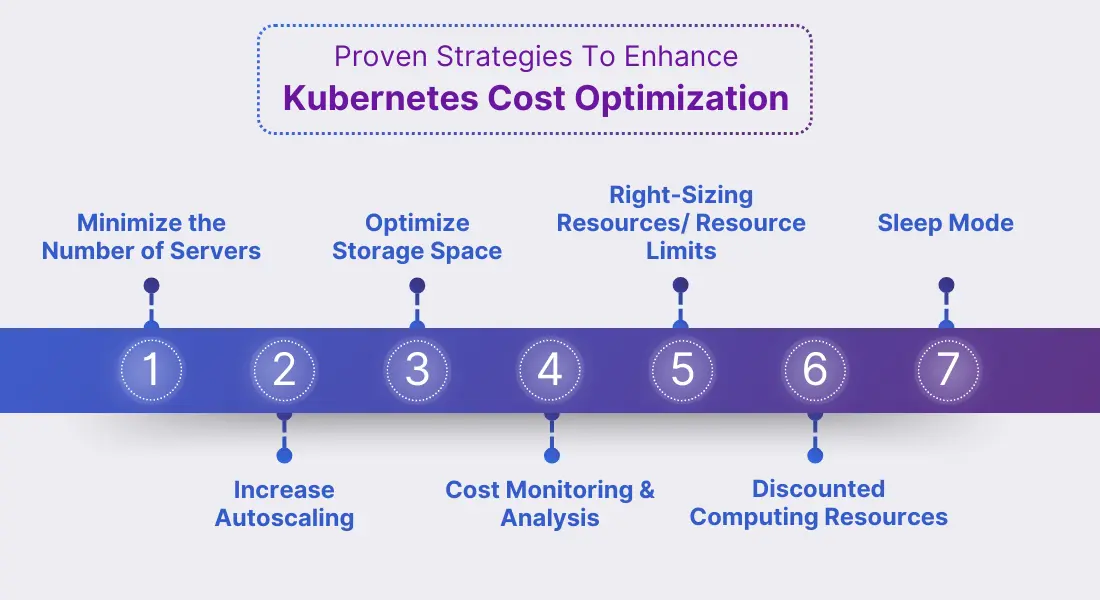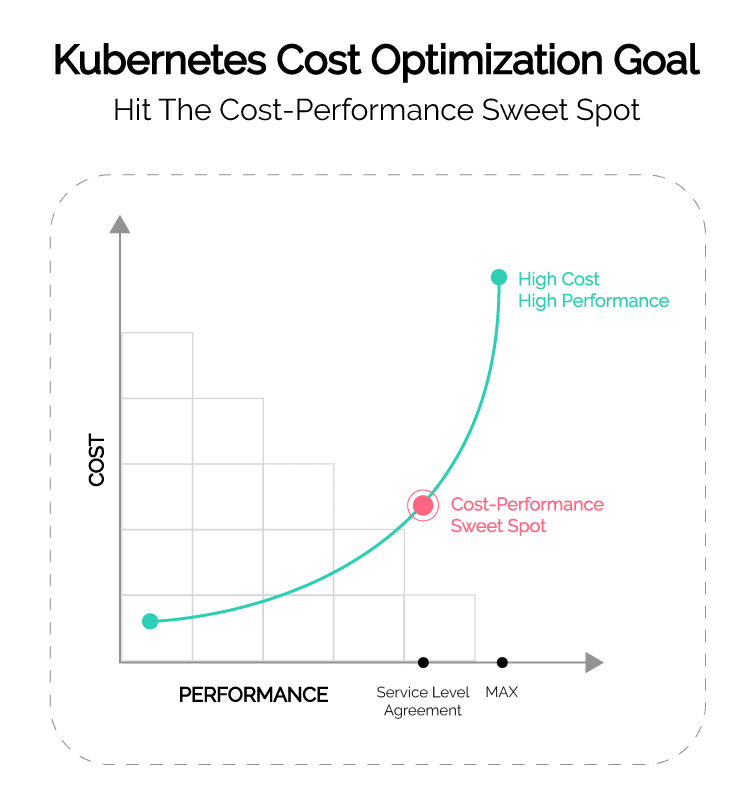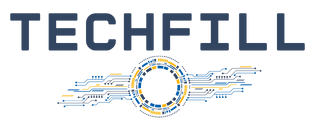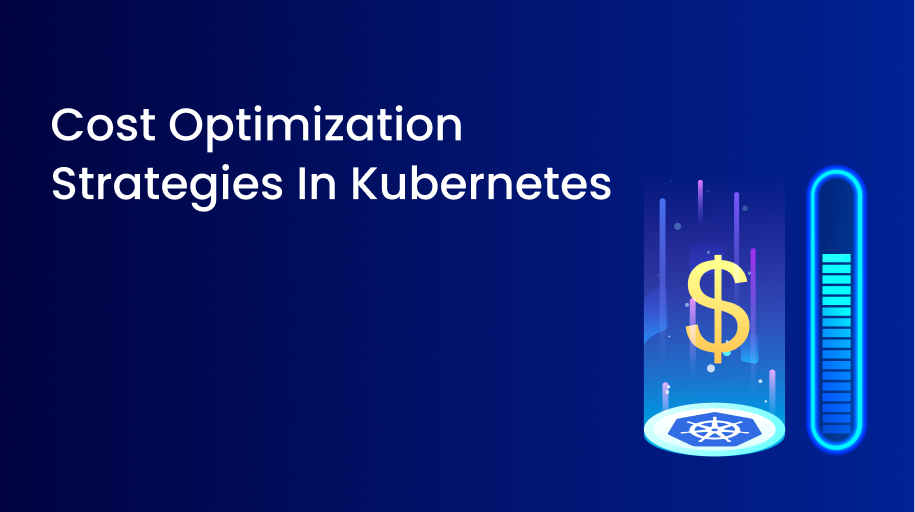Are you finding yourself overwhelmed by the mounting costs of running your applications on Kubernetes? You’re not alone.
Many businesses just like yours are grappling with the challenge of managing the expenses associated with this powerful, but often complex, container orchestration platform. But here’s the good news: there are effective strategies to optimize these costs without sacrificing performance or scalability.
You’ll discover simple, actionable steps to trim down your Kubernetes expenses while getting the most out of your investment. By the end, you’ll have a clear roadmap to achieving a leaner, more cost-efficient Kubernetes environment. Ready to take control of your costs? Let’s dive in.

Cloud Provider Pricing Models
Cloud providers offer On-Demandand Reserved Instances. On-Demand lets you pay as you go. It is flexible but can be costly. Reserved Instances require a commitment. You pay for a fixed term. This option often costs less. Choose based on your needs. Big savings can come with Reserved Instances. Plan usage carefully.
Spot Instances are another option. These are cheaper than others. They use spare capacity. You must be ready for them to stop. Spot Instances are good for flexible tasks. If your task can pause, use them. Save money with Spot Instances. Always check availability.
Efficient Resource Allocation
Ensure your podsand nodesare the right size. Too big wastes money. Too small causes slowdowns. Use tools to check usage. Adjust sizes often. Keep an eye on CPUand memory. Save costs by not overestimating needs.
Use auto-scalingto handle changes. It adjusts resources based on load. This saves money. Set rules for scaling up and down. Watch your traffic patterns. Be ready for peak times. This keeps your system smooth and cost-effective.
Utilizing Open Source Tools
Open source tools help you track your Kubernetes costs. Prometheus is great for monitoring. It collects and stores metrics. Grafana works well with Prometheus. It shows data in pretty graphs. This helps in understanding resource usage. KubeCost is another tool. It provides insights into spending. It shows where money goes. These tools can save money. They help you find waste in your system.
Some platforms help manage costs. Kubecost is popular. It shows real-time cost data. It helps in planning budgets. OpenCost is another choice. It tracks and reports costs. It integrates with Kubernetes easily. These platforms make cost control simple. They offer reports and alerts. This keeps you informed about spending. Using these tools can reduce expenses.

Reducing Overhead Costs
Discover ways to minimize expenses using Kubernetes cost optimization strategies. Efficient resource management and scaling cut unnecessary overhead. Streamline operations to maximize budget efficiency and maintain performance without overspending.
Avoiding Unused Resources
Unused resources can increase costs. Check for unused pods and nodes. Remove them to save money. Set limits on CPU and memory use. This helps avoid waste. Use auto-scaling to match your needs. It adjusts resources automatically. Watch the usage regularly. This ensures nothing is wasted.
Optimizing Storage Solutions
Storage can be costly if not managed. Choose the right storage class. Use persistent volumes only when needed. Delete old logs and backups. They can take up space. Compress data to save more space. Monitor storage use. This helps find areas to cut costs. Consider using cheaper storage options for non-critical data.
Leveraging Kubernetes Features
Node Affinity helps schedule pods on specific nodes. It uses labels to match pods with nodes. This ensures efficient resource use. Tolerations allow pods to run on nodes with taints. Taints keep unwanted pods away. Together, they ensure better resource allocation.
Pod Priority decides which pods run first. Important pods get higher priority. Less important ones get lower priority. Preemption helps manage resources. High-priority pods can replace low-priority ones. This ensures critical tasks always run. It helps keep costs low by managing resources well.

Application Optimization Techniques
Smaller container images save money. They use less space and load faster. Use alpine base images for a lean setup. Remove unused packages and files. Each unnecessary item increases size. Regularly update images to keep them efficient.
Streamline CI/CD processes for savings. Automate testing to catch errors early. This reduces downtime and debugging costs. Use tools like Jenkins for automation. Parallelize tasks to speed up builds. Save time and resources.
Regular Cost Audits
Check usage reports often. These reports show how much is used. They help find waste. Cloud resources cost money. Always know what you use. Unused resources mean wasted money. Regular checks help see this.
Look for ways to save money. Check for extra resources. Right-size your resources. Fit them to your needs. Save by turning off what you don’t use. Spot instances can be cheaper. Use them when possible. Find the best pricing plans. This helps save more money.
Frequently Asked Questions
How Can I Reduce Kubernetes Costs Effectively?
Reducing Kubernetes costs involves optimizing resource allocation and usage. Implement autoscaling to match workloads efficiently. Use cost monitoring tools to identify and eliminate waste. Regularly review and adjust resource requests and limits. Implement node and pod rightsizing. Leverage Reserved Instances or Savings Plans for predictable workloads.
What Are Best Practices For Kubernetes Cost Management?
Best practices include monitoring resource utilization closely and optimizing workloads. Implement cost allocation tags for better visibility. Use managed Kubernetes services to reduce overhead. Implement cost alerts and reports for proactive management. Regularly audit and optimize your cloud infrastructure for cost efficiency.
How Does Autoscaling Help In Cost Optimization?
Autoscaling helps by adjusting resources based on demand. This ensures you only pay for what you use. It reduces overprovisioning, saving costs. By scaling down during low-demand periods, you minimize unnecessary expenses. Autoscaling aligns resources with actual usage, optimizing budget allocation.
Why Is Monitoring Crucial For Kubernetes Cost Savings?
Monitoring is crucial to identify resource waste and inefficiencies. It provides insights into resource usage patterns. This data helps in making informed decisions about scaling and optimizing workloads. Effective monitoring can prevent unexpected cost spikes and enhance overall cost efficiency.
Conclusion
Optimizing Kubernetes costs requires thoughtful strategies. Start by monitoring your usage closely. Identify idle resources and shut them down. Use auto-scaling to match demand precisely. Choose cost-effective cloud providers and compare their offerings. Reserve instances when predictable workloads exist. Consider using spot instances for temporary tasks.
Regular audits can reveal further savings opportunities. Train your team on best practices to maintain efficiency. These steps can significantly reduce expenses. A smart approach ensures you get the most value from Kubernetes. Keep refining your strategies as your needs change.
Cost optimization is an ongoing process. Stay proactive for best results.
Read More:
- Network Automation Tools ROI: Boosting Efficiency & Savings
- Noise‑Cancelling Earbuds Battery Life: Maximize Your Usage
- Ci/Cd Pipeline Tools Comparison: Boost Your DevOps Efficiency
- Serverless Vs Containerized Workloads: A Comparative Guide
- Vr Content Creation Tools 2025: Revolutionize Your Creations
- Best Gaming PC Build under $1500: Ultimate Performance
- Best Cross‑Platform Mobile Frameworks 2025: Top Picks
- Javascript Frameworks Benchmark 2025: Speed & Performance

